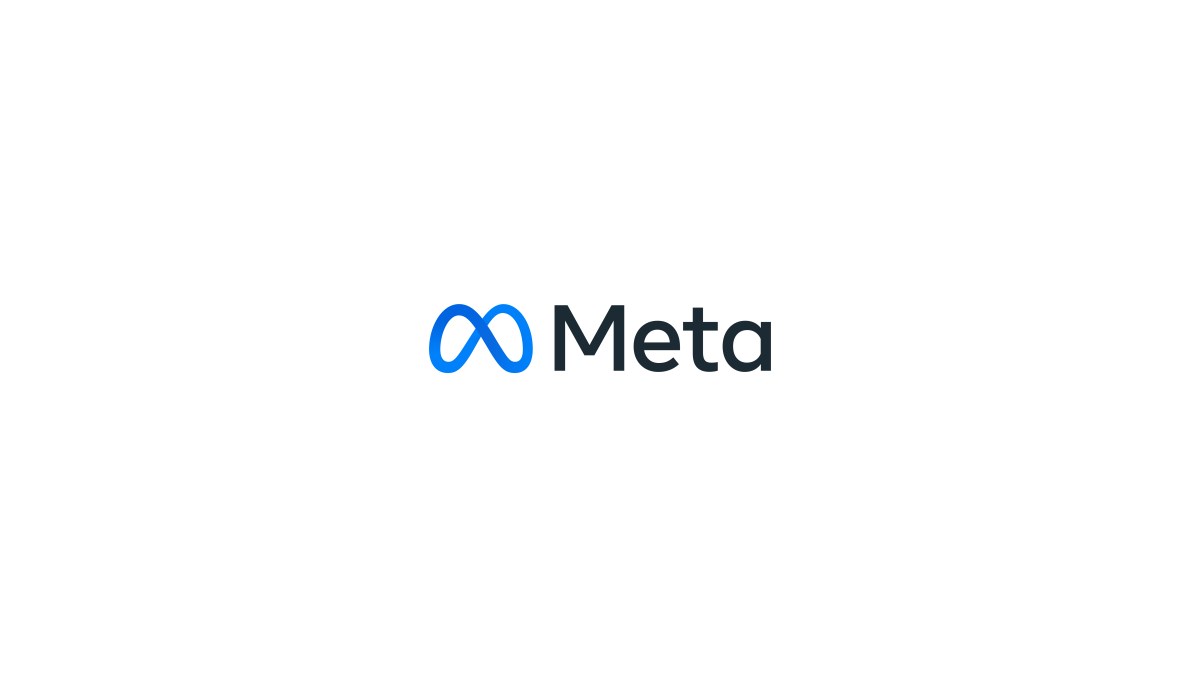Five ways to supercharge your organization (without a layoff)
Flatten up. Lean out. Focus on real differentiators. Invest in tooling. Support in-person work.

On Tuesday, Mark Zuckerberg shared the a memo with Meta employees titled…
Update on Meta’s Year of Efficiency.

Most of the news around this memo revolved around the regrettable trend in the technology sector toward ongoing layoffs. The memo announced 10,000 planned layoffs in April and May, and it’s obvious that a substantial intention behind the memo itself was to reassure existing employees (many of whom with a sizable amount of their compensation tied up in shares of Meta) that Meta is a good place to be employed and a good bet for the future.
Based on reporting in the NYTimes, Meta ended 2022 with around 76,000 people, and after the most recent round of layoffs, they’ll still be around 7,000 employees larger than they were at the end of 2020.
Layoffs are bad for companies, but they’re worse for people, so if you know anyone affected by this recent round of layoffs, please do everything you can to help them. (And if any of those folks are in marketing roles, we know good companies that are hiring!)
That said, based on what we’re reading on Blind, the current Meta employee experience isn’t all that great.
I’m pretty bitter toward Meta. My manager was an empire builder, forced me to become a people leader with 1 (!!) direct report to make herself look better as “growing leaders.” Then had the audacity to tell me to rate my direct report as needs support in Sept last year. I didn’t because that would have been unethical and was not how the direct was trending at all.
In turn, she must have marked me as NS for not doing what she said (I was EE in H2’21 PSC) and I got the boot in Nov, while my direct report stayed on. Fast forward to now: guess who is getting a needs support rating from my former manager? My direct report who, until this PSC cycle, has only received positive praise.
Meta is a viscous cycle of managers leading managers leading managers building empires - and through it all, they only know how to manage in good times. The company is failing miserably and I’m glad I got out in the first round.
(Usual caveats here: who knows if this is accurate, but…it sounds like the issues described here are those that Zuck is trying to fix with YoE.)
Here are the 5 principles that underpin YoE, in Zuck’s words:
- Flatter is faster: It’s well-understood that every layer of a hierarchy adds latency and risk aversion in information flow and decision-making. Every manager typically reviews work and polishes off some rough edges before sending it further up the chain. In our Year of Efficiency, we will make our organization flatter by removing multiple layers of management. As part of this, we will ask many managers to become individual contributors. We’ll also have individual contributors report into almost every level — not just the bottom — so information flow between people doing the work and management will be faster.
- Leaner is better: A leaner org will execute its highest priorities faster. People will be more productive, and their work will be more fun and fulfilling. We will become an even greater magnet for the most talented people. That’s why in our Year of Efficiency, we are focused on canceling projects that are duplicative or lower priority and making every organization as lean as possible.
- Keep technology the main thing: We are a technology company, and our ultimate output is what we build for people. Everything else we do is in service of that…As part of the Year of Efficiency, we’re focusing on returning to a more optimal ratio of engineers to other roles. It’s important for all groups to get leaner and more efficient to enable our technology groups to get as lean and efficient as possible.
- Invest in tools to get more efficient: We’re focused on the long term. That means investing in tools that will make us most effective over many years, not just this year — whether that’s building AI tools to help engineers write better code faster, enabling us to automate workloads over time, or identifying obsolete processes that we can phase out.
- In-person time helps build relationships and get more done: …Our hypothesis is that it is still easier to build trust in person and that those relationships help us work more effectively. As part of our Year of Efficiency, we’re focusing on understanding this further and finding ways to make sure people build the necessary connections to work effectively.
As general precepts for creating a better environment for knowledge work…no notes.
That said, there’s an opportunity to just do these things without having to couple the changes with layoffs. Companies looking for faster, better output, improved business results, and better employee engagement can do these things today without having to comprehensively restructure (read: fire people).
Flatten up
Re-align your teams around your critical business priorities, while keeping existing reporting lines in place. This will mean putting managerial roles, like VPs and Directors, into IC-like positions on teams alongside much more junior folks. They’ll find natural focus when aligned around a critical business mission. Good mission: “Grow X brand by 10%,” or “Increase advertising effectiveness by 30%.” Bad mission: “Manage X portfolio of brands,” or “Media COE."

Lean out
Encourage all of these new teams to kick off by getting all of their work on the table so they can decide which projects and tasks actually align with the company’s must-win objectives, and which do not. We find most teams are able to cancel about 80% of their work when given a bigger, better goal to shoot for, and permission to drop the stuff that doesn’t really create value for customers. (We wrote about the effects of focus on in-house creative teams a few weeks back.)
Focus on real differentiators
Teams that make value for other teams, rather than directly for customers, are essential – after all, who is going to “invest in tools to get more efficient”? These teams need to see the rest of the org as a set of customers who might – or might not – buy their services. They should follow the first two steps above, and then get to building. (We wrote about how "playing well with others" and "alignment to overall strategy" help drive team performance, here.)

Invest in tooling
All teams should be encouraged to do this for themselves. We find that multidisciplinary teams – especially those with a good mix of seniority and tenure – are more likely to invest in tooling to make themselves more effective, but they also need permission. Permission around tooling comes in two forms: first, teams need to have the necessary administrative rights to actually download and use software; second, leaders need to tell folks it’s okay to invest.
Support in-person work
Re-frame the goal: remote work is now, for most knowledge workers, the easy, standard option. In-office, in-person, synchronous work is the kind that needs active support. (And no, not a mandate.) Are the desks, meeting spaces, lobbies, routines, and video-call systems substantially better than what folks have at home? Is the wifi fast and easy to use? Does the commute make sense?
With all this in mind, fixed and variable costs are what they are. And the world isn’t getting any less uncertain.
But we think there’s a huge opportunity for leaders that embrace this moment to re-wire their orgs for productivity: keep all the people you’ve got, and create systemic change to allow them to work on truly impactful projects — and maybe actually make the world a better place.





